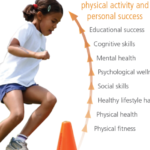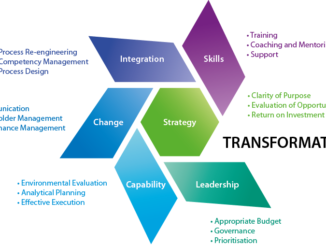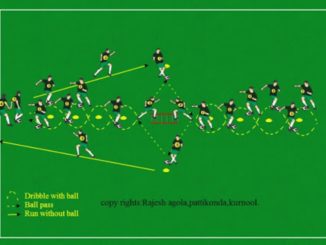 Physical literacy is the mastering of fundamental movement skills and fundamental sport skills that permit a child to read their environment and make appropriate decisions, allowing them to move confidently and with control in a wide range of physical activity situations. It is the foundation of long-term participation and performance to the best of one’s ability. Physical Literacy is the cornerstone of both participation and excellence in physical activity and sport. Ideally, physical literacy is developed prior to the adolescent growth spurt.
Physical literacy is the mastering of fundamental movement skills and fundamental sport skills that permit a child to read their environment and make appropriate decisions, allowing them to move confidently and with control in a wide range of physical activity situations. It is the foundation of long-term participation and performance to the best of one’s ability. Physical Literacy is the cornerstone of both participation and excellence in physical activity and sport. Ideally, physical literacy is developed prior to the adolescent growth spurt.
Fundamental Movement Skills and Fundamental Sport Skills
To become physically literate children need to master the 13 fundamental movement skills:
The Locomotor and Body Skills:
The Sending Skills
- Throwing
- Kicking
- Striking
The Receiving Skills
- Catching
- Trapping
Each skill will involve a series of developmental stages that the child will go through in order to master that particular skill. Fundamental Sport Skills involve using Fundamental Movement Skills in a sport specific setting (i.e. a child can kick a ball, this is a Fundamental Movement Skill; when she kicks a penalty kick in a soccer game, she has used this skill as a Fundamental Sport Skill, the skill of kicking a penalty kick).
The Four Environments
To develop physical literacy children should learn fundamental movement skills and fundamental sport skills in each of the four basic environments:
- On the ground: as the basis for most games, sport, dance and physical activities
- In the water: as the basis for all aquatic activities
- On snow and ice: as the basis for all winter sliding activities
- In the air: basis for gymnastics, diving and other aerial activities (Note : This Article Collection from Wikipedia )

